Making 'The Blue Flash': How I reconstructed a fatal atomic accident
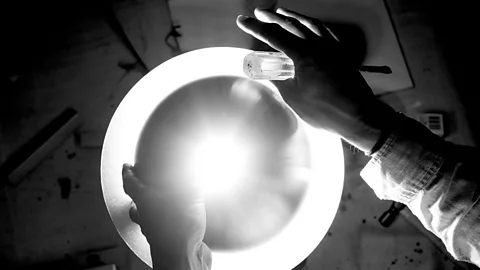 Ben Platts-Mills
Ben Platts-MillsIn 1946, a dangerous radioactive apparatus in the Manhattan Project killed a scientist when his screwdriver slipped. To tell his story, Ben Platts-Mills pieced together what happened inside the room.
Less than a year after the Trinity atomic bomb test, a careless slip with a screwdriver cost Louis Slotin his life.
In 1946, Slotin, a nuclear physicist, was poised to leave his job at Los Alamos National Laboratories (formerly the Manhattan Project). When his successor came to visit his lab, he decided to demonstrate a potentially dangerous apparatus, called the "critical assembly". During the demo, he used his screwdriver to support a beryllium hemisphere over a plutonium core. It slipped, and the hemisphere dropped over the core, triggering a burst of radiation. He died nine days later.
Last week, BBC Future explored the consequences of this fatal accident in a specially illustrated story created by the artist and writer Ben Platts-Mills:
In this gallery, Platts-Mills explains how he composed the illustrations, based on reconstructions created shortly after the accident, archive photographs, and his own mock-up of the apparatus built from household materials.
 Alamy
Alamy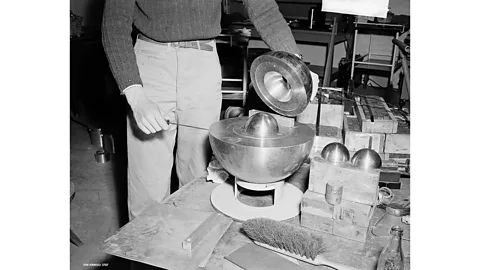 Alamy
Alamy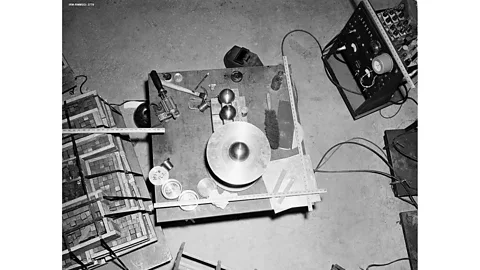 Alamy
Alamy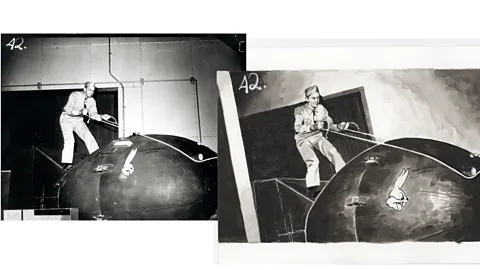 Marshall Wilder/Ben Platts-Mills
Marshall Wilder/Ben Platts-Mills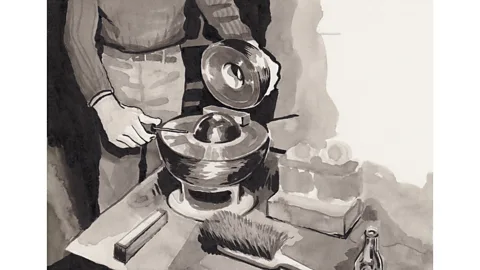 Ben Platts-Mills
Ben Platts-Mills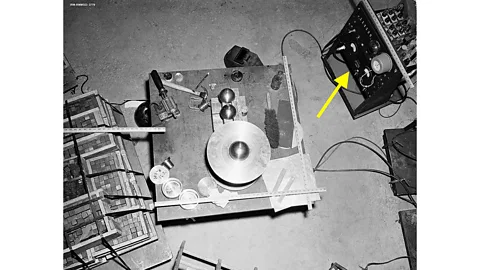
 Ben Platts-Mills
Ben Platts-Mills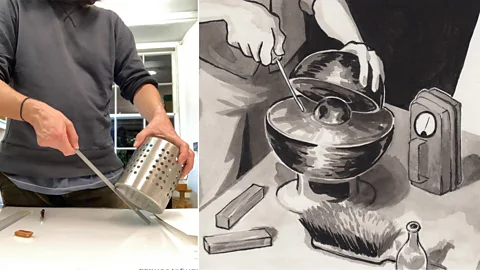 Ben Platts-Mills
Ben Platts-Mills Ben Platts-Mills
Ben Platts-Mills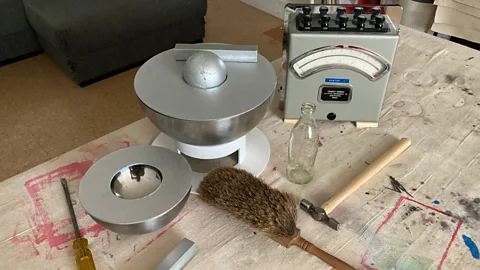 Ben Platts-Mills
Ben Platts-Mills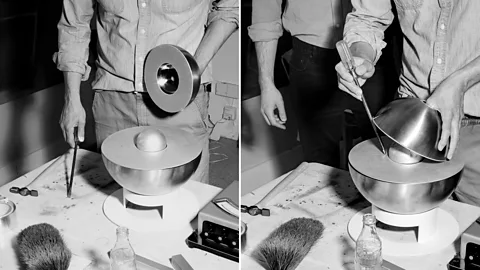 Andy Sewell
Andy Sewell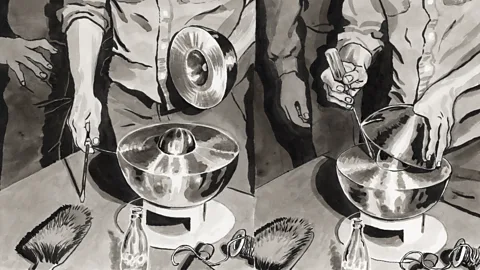 Ben Platts-Mills
Ben Platts-Mills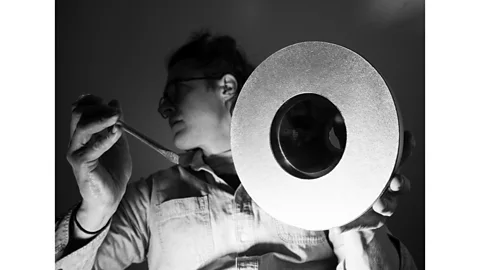 Andy Sewell
Andy Sewell Ben-Platts Mills
Ben-Platts Mills Ben Platts-Mills
Ben Platts-Mills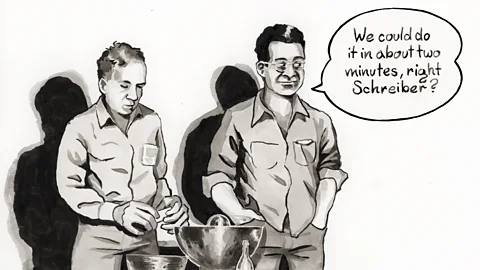 Ben Platts-Mills
Ben Platts-Mills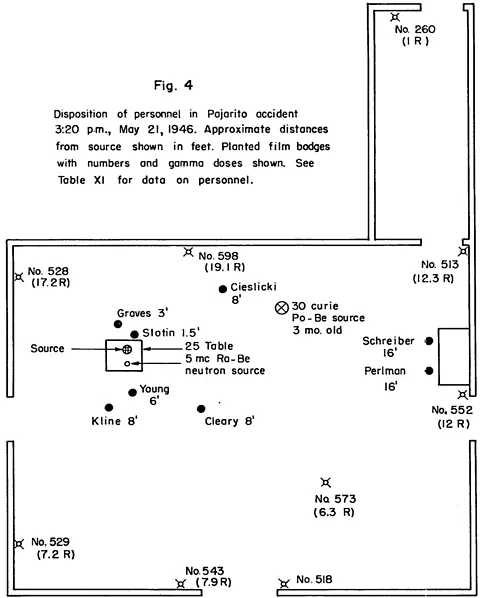 LANL
LANL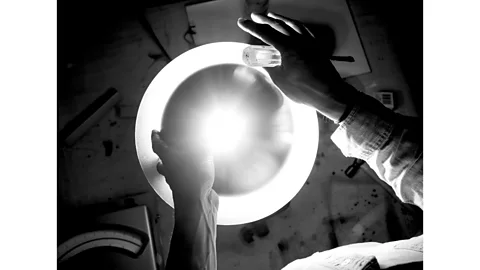 Andy Sewell
Andy Sewell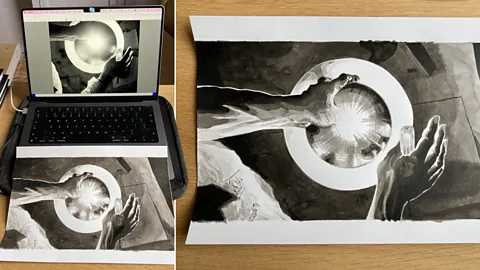 Ben Platts-Mills
Ben Platts-MillsThanks to the following people who helped along the way: Andy Sewell, Marshall Wilder, Richard Fisher, Nicola Stephanie, Glenn Adamson, Tony Hall, Sam Winston, Allex Wellerstein, Christina Petrie, Roger Sherman, Javier Hirschfeld, Joe Rizzo Naudi, Annie Hayter, Tiiu Mortley, Eleanor Nairne, Claire Crofton, Sasha Galitzine, Kirsten Duran, and Los Alamos National Laboratories.
*Ben Platts-Mills is a writer and artist whose work investigates power, reasoning and vulnerability, and the ways science is represented in popular culture. His memoir, Tell Me The Planets, was published in 2018. On Instagram he is @benplattsmills.
--
